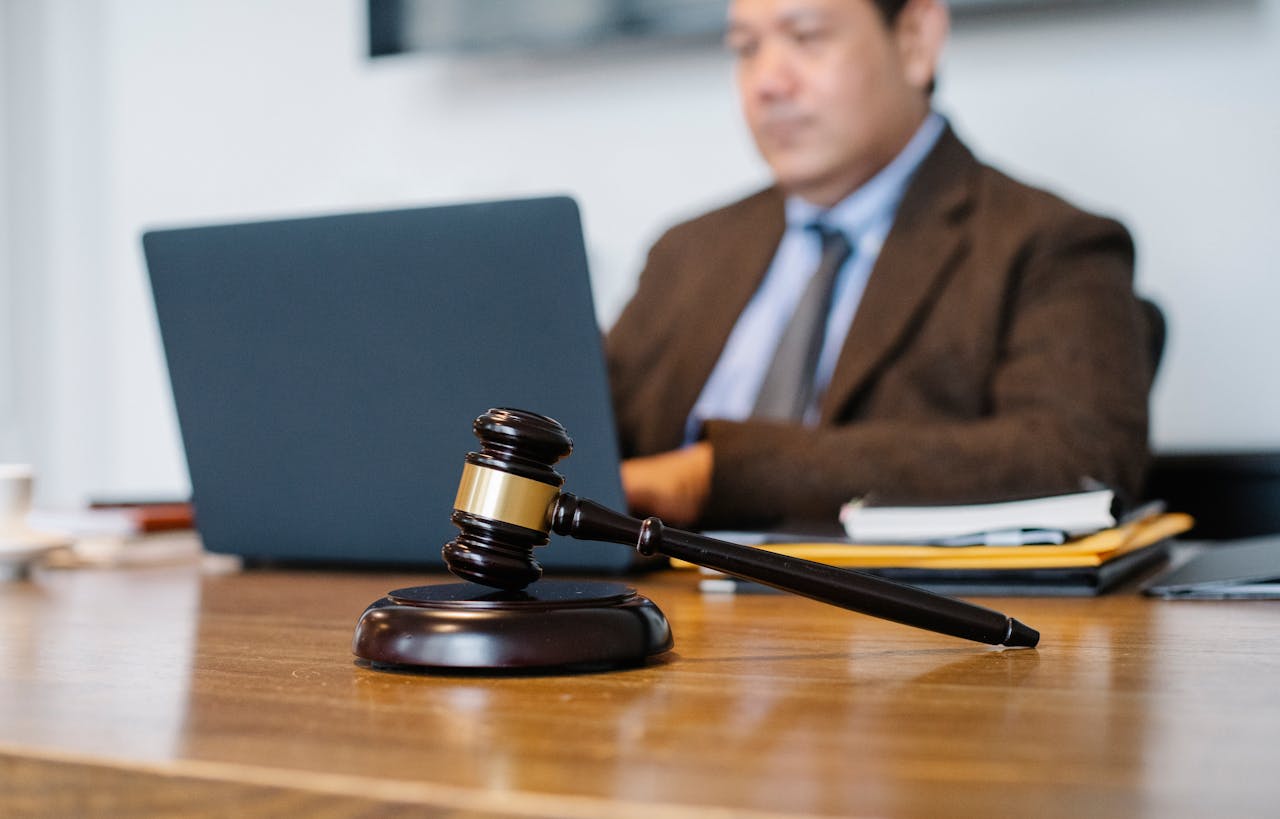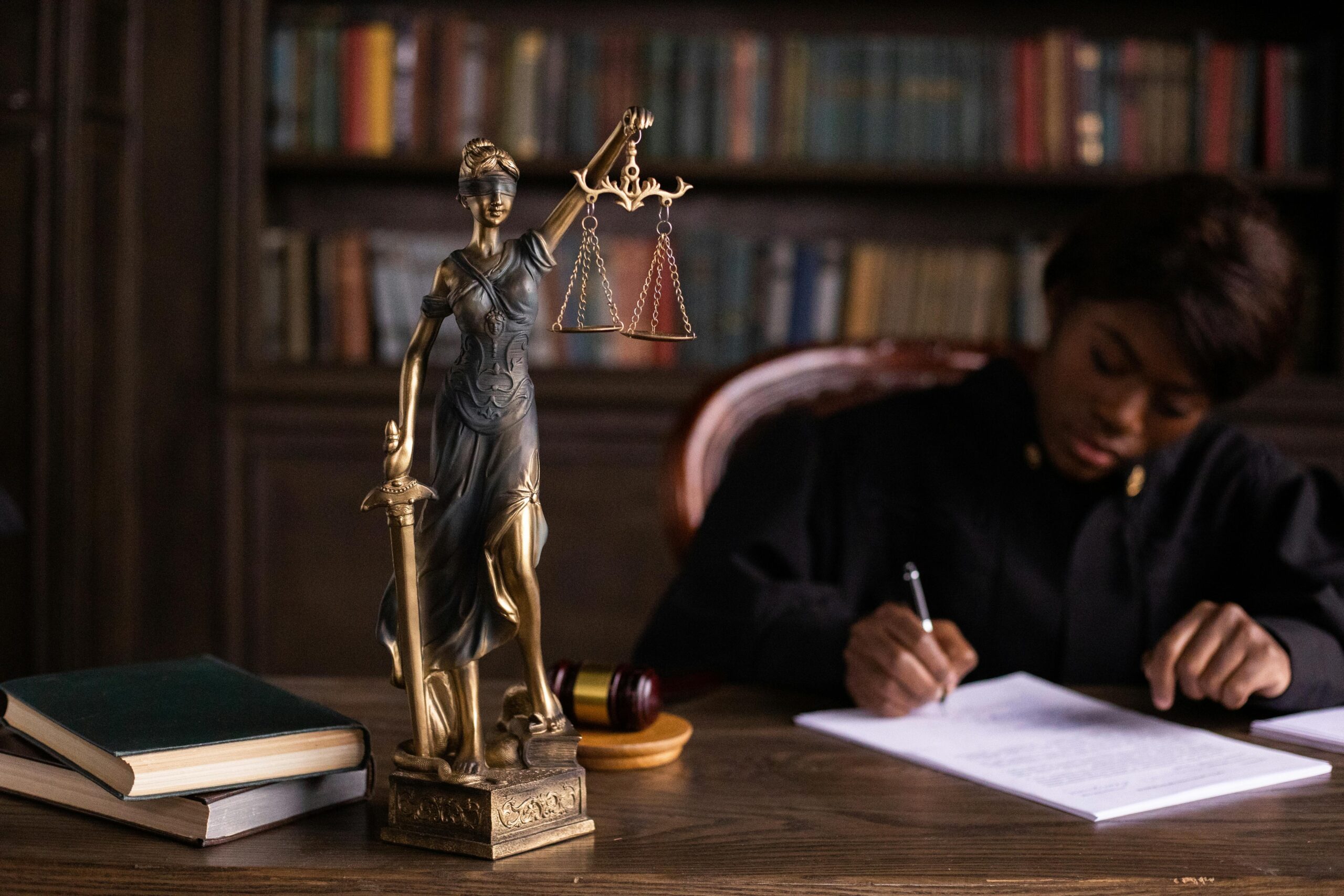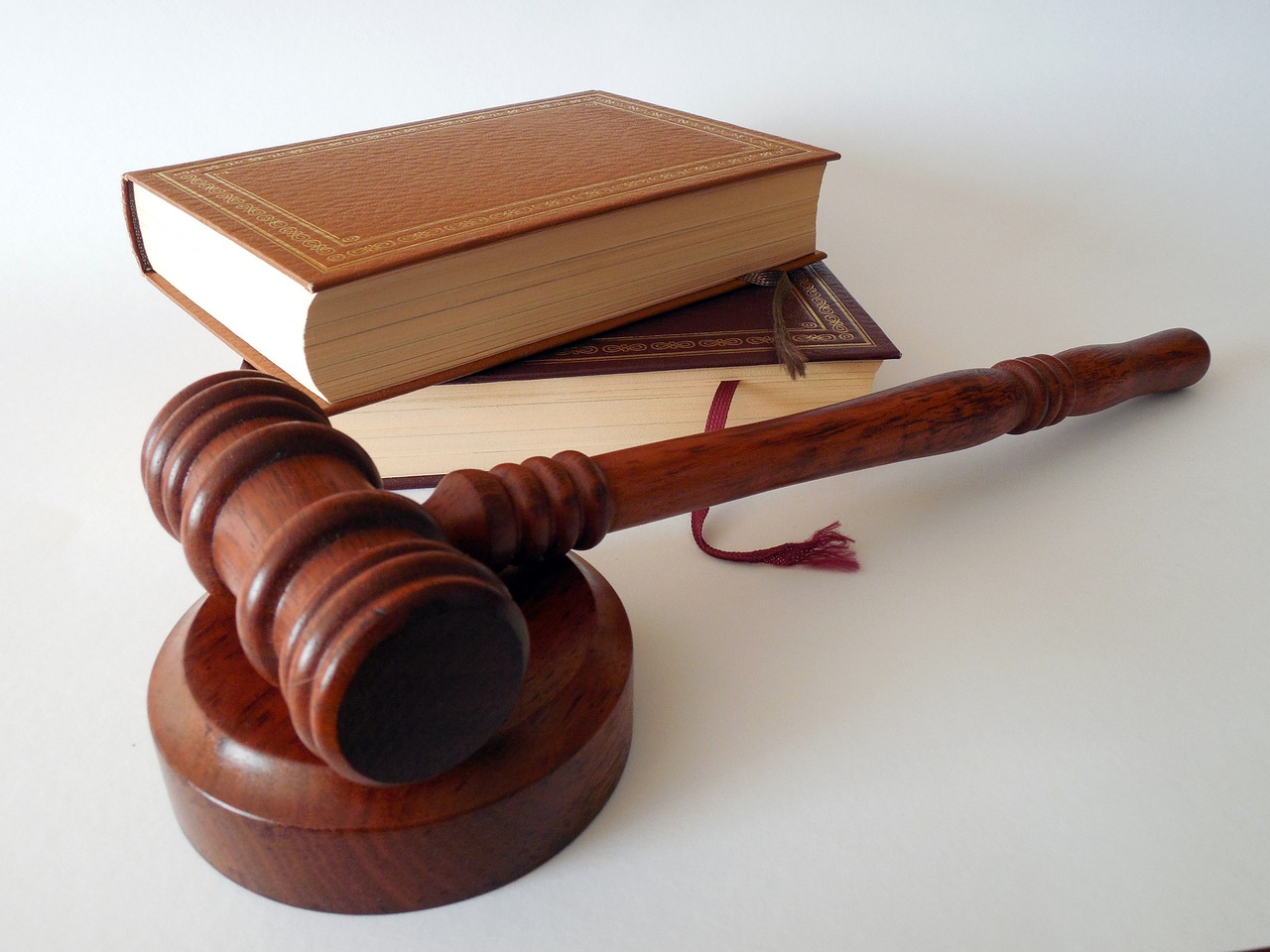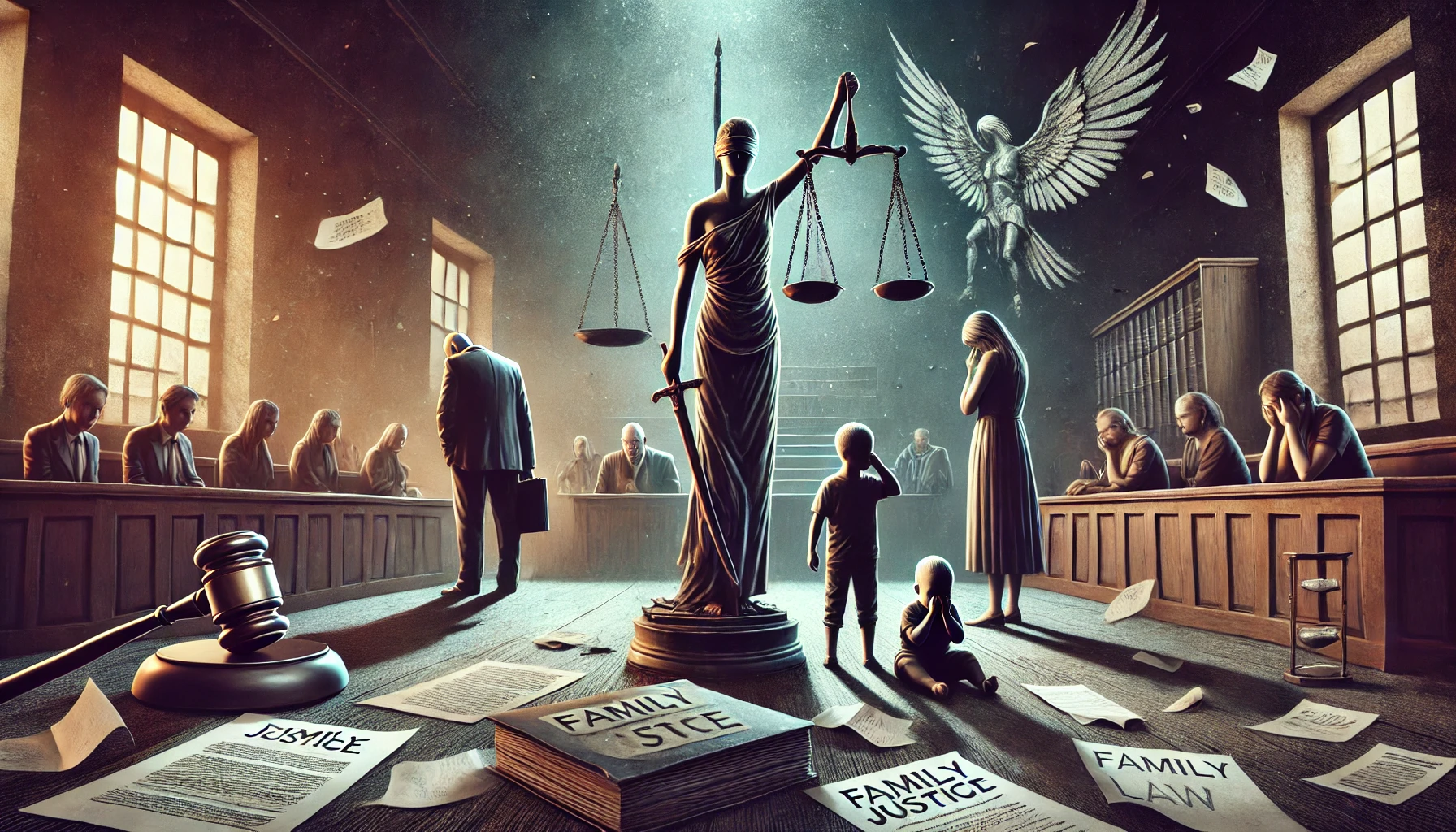Authored By: Yasmin Nabili
Middlesex University Dubai
Abstract
The notion of giving artificial intelligence legal personhood has led to controversies in the fields of law and philosophical theory around the globe. Personhood has historically only been assigned to real living people and some artificial entities, such as companies, but innovation in self-governing AI systems make it unclear if autonomous machines may also be considered a person. With an emphasis on countries like the US, India, and the EU, this essay critically examines the developing debate over AI personhood from a comparative legal standpoint. It assesses the practical, ethical, and legal ramifications of acknowledging AI as a legal person and investigates alternative regulatory frameworks to handle accountability, rights, and liabilities in a digital future.
Introduction
Currently, AI has the capacity to make decisions, learn new knowledge, and to a limited degree establish contractual agreements. This can be seen through the implementation of language models and driverless cars. Such advancements create a threat to traditional legal classifications that postulate that only individuals or businesses made by humans are capable of acting legally or being held responsible. Being a legal entity opens up privileges and responsibilities. Giving AI this status might formalise its standing in digital ecosystems and enable more transparent liability procedures. However, issues of enforcement, ethical legitimacy, and the danger of hiding individuals behind self-serving façades remain key considerations. This article will traverse these considerations from a critical and comparative perspective.
Background
The debate around AI legal personhood stems from legal theory, advancements in technology, and regulatory pragmatism. There are interpretive gaps in modern legal systems since they were not created with autonomous, non-biological actors in mind. As machines get more independent and unpredictable, this model loses effectiveness, even while present rules hold developers or users accountable for AI behaviour. Artificial intelligence systems are seen integrated within the fields of law, finance, health and others. This widespread use emphasises the need for conceptual clarity and flexible frameworks.
Legal personhood is the ability of an entity to have legal rights and obligations. According to the law, “natural persons”—that is, people—are distinct from “juridical” or “artificial persons,” like corporations and trusts. Legal personhood is typically defined as the capacity to own property, to sue and be sued, to participate in contractual relationships, and to be held accountable for wrongdoing.1 These qualities allow organisations to function as duty-bound and rights-bearing individuals within the legal system. Corporations, which are non-human yet legally separate entities with the ability to own property and incur debts, are prime examples of artificial persons. Under the right circumstances, this precedent encourages the consideration of other non-human entities, such artificial intelligence, as potential legal persons.
Main Body
Section 1: The Sophia Controversy: Symbolism vs. Substance
In 2017, Sophia, a humanoid robot, was given citizenship from Saudi Arabis which made headlines.2 Even though this act was merely symbolic, it sparked discussion around the world. Does legal personhood follow from granting citizenship to a robot? In actuality, Sophia had no legally binding rights or responsibilities as a citizen. The irony of giving a robot a formal status in a nation where many human rights issues are still up for debate has been heavily criticized.3 However, the act raised awareness of the intricate relationship between personhood, the law, and new technologies.
Section 2: Comparative Legal Approaches to AI Personhood
“Electronic personality” is a new legal status that the European Parliament suggested to be established for the most advanced autonomous systems in a 2017 resolution on civil law regulations for robots.4 Facilitating responsibility was the aim, especially for damages brought on by independent choices. However, legal experts, ethicists, and even AI researchers opposed this proposal. Critics contended that beings lacking mind, emotions, or social awareness shouldn’t be granted legal personality.5 The EU continues to work on creating a comprehensive legislative framework through the AI Act, but as of 2025, it has not formally implemented any enforceable regulations giving AI personality.
AI is not a separate legal entity in the United States. AI systems are viewed as tools or products under the current legal framework. Therefore, under conventional tort and contract law, creators, owners, or users are liable. The limits of legal personhood are demonstrated by cases like Naruto v. Slater, even if they are not specifically related to AI.6In the above instance, a monkey’s effort to assert copyright over a selfie was rejected on the basis that only legal individuals or humans are capable of doing so. Analogously, non-human entities such as artificial intelligence are not covered by such claims under existing U.S. law. Functional responsibility is given precedence over conceptual rights in the American legal system.7 Although there is significant legislative interest in AI responsibility, the focus of these talks is on regulatory monitoring rather than personhood.
Legally, AI is not a human in India. Similar to the views held by the United States, AI is considered property or a technological tool, and the responsible human agents bear responsibility. Remarkably, Indian courts have demonstrated a readiness to grant non-human things personhood. The Uttarakhand High Court ruled in Mohd. Salim v. State of Uttarakhand (2017) that the Ganga and Yamuna rivers were legal persons.8In a similar vein, in certain situations, animals and gods have been acknowledged as legal subjects.9 Therefore, it evident that the Indian jurisprudence has shown conceptual flexibility and acceptance of AI as a person is a possibility in the future.
Section 3: Legal, Ethical, and Practical Challenges
A key argument for giving AI legal personhood is its effects on accountability. Programmers may not be able to predict the actions of autonomous systems, such as self-driving cars. There may be accountability gaps in legal systems if no human actor is directly at fault.10 But giving AI legal personhood has practical issues. If an AI is proved to be at fault, who pays the damages? What kind of legal representation might an AI receive? Would someone who is mentally ill or a minor need legal guardianship?
Additionally, personhood is typically associated with dignity and moral worth. If machines were to be considered within this category, it may compromise individuality and result in ethical lines being blurred. Several critics have argued that robots lack the fundamental characteristics that support moral and legal rights, such as consciousness, experience, and suffering.11 Moreover, it is possible that creators of AI could hide behind their autonomous entities since human responsibility would be lessened. This instrumentalization of legal personality must be prevented by ethical governance.12
Furthermore, even if legal frameworks grant AI rights and responsibilities, enforcement remains problematic. Is it possible for an AI to sign legally binding agreements or face significant penalties? How may an intangible digital entity be subject to compliance or sanctions? Premature recognition might result in more confusion than clarity, as the current infrastructure does not allow such an approach.
Section 4: Arguments for Limited or Functional Personhood
According to some academics, AI should have limited or functional personhood rather than full legal personhood.13 This concept is based on maritime and company law, where legal personhood is adapted to meet practical requirements. For instance, giving AI restricted contractual rights, establishing “AI trusts” or liability pools for autonomous decision-making, and using legal proxies or corporate shells to communicate with AI systems. This method provides legal clarity without making any conceptual claims on the consciousness of machines.
Section 5: Alternative Regulatory Frameworks
Several frameworks have been suggested in order to bridge this gap and arrive at a solution. Firstly, the agency model proposes that AI should be merely viewed as an agent working for a principle.14 This acknowledges AI’s operational autonomy while maintaining conventional legal frameworks. Conversely, according to the Mandatory Liability Insurance, AI developers and executors should have liability insurance.15 Without changing the definition of legal persons, this offers financial restitution and is comparable to vehicle insurance plans. Lastly, there have been proposals for AI Oversight Bodies. AI systems could possibly be registered, audited, and categorised by this specialised oversight agency according to their level of risk. Stricter regulations, certification standards, and real-time monitoring may be applied to high risk systems. The modification in regulations is reflected in the EU AI Act and similar initiatives in OECD nations.16
Section 6: Future Trajectories and Recommendations
The notion that AI could be considered a legal person is becoming more and more relevant, yet even more contended. Global legal systems are required to adapt nuancedly as AI systems acquire agency, autonomy, and societal presence. Creating sector-specific laws for high-risk AI, avoiding the premature extension of full legal personhood, encouraging ethical AI design with embedded accountability, and providing unambiguous legal proxies for AI interaction are some legislative suggestions.17 Given the intrinsic global nature of AI development and deployment, transnational cooperation will come to be crucial. Equal governance and the avoidance of jurisdictional arbitrage could be achieved by uniformity in legal procedure.
Discussion:
According to the research, AI’s legal personhood is still challenging from a conceptual and practical standpoint. There is minimal legal encouragement across jurisdictions for giving autonomous systems the same rights and responsibilities as people or businesses. Rather, the prevailing tendency prefers regulatory structures that guarantee accountability can still be linked to human agents. With the AI Act, for example, the EU takes a practical perspective, emphasising risk-based categorising, obligatory supervision, and distinct lines of obligation. Meanwhile, India and the United States continue to hold onto traditional beliefs, considering AI as tools or property.
There are two consequences of this strategy. From one perspective, denying AI the right to legal personhood maintains ethical clarity. Conversely, with this denial comes accountability issues, especially where autonomous systems function without direct human supervision. This conflict highlights a larger legal conundrum: striking a balance between social stability, moral obligation, and innovation. Conversations are therefore being focused on practical resolutions such as insurance plans, liability funds and AI auditing.
Conclusion:
The issue of AI personhood requires us to examine the changing limits of human identity, accountability, and the law. Even while complete legal personhood for AI may not be desired or possible currently, a practical strategy based on ethical protections, accountability, and openness provides a way forward.
Comparative analysis reveals that although different legal systems and cultural perspectives exist in different jurisdictions, they are all concerned with the same issue: how to maintain responsibility, safety, and justice in a society that is becoming more and more influenced by technological advancements. Instead of yielding into technological rigidity, the law must advance by directing innovation within a framework of human values, rights, and obligations.
Reference(S):
1 Smith Bryant, ‘Legal Personality’ [1928] 37(3) Yale Law
Journal <https://openyls.law.yale.edu/bitstream/handle/20.500.13051/12065/23_37YaleLJ283 _1927_1928_.pdf> accessed 7 June 2025.
2 Avi Steinberg, ‘Can a robot join the faith?’ (The New Yorker, 13 November 2017) <https://www.newyorker.com/tech/annals-of-technology/can-a-robot-join-the faith> accessed 7 June 2025.
3 Emily Reynolds, ‘The agony of Sophia, the world’s first robot citizen condemned to a lifeless career in marketing’ (Wired, 1 June 2018) <https://www.wired.com/story/sophia robot-citizen-womens-rights-detriot-become-human-hanson-robotics/> accessed 8 June 2025.
4 European Parliament resolution of 16 February 2017 with recommendations to the Commission on Civil Law Rules on Robotics [2017] P8_TA (2017)0051.
5 Avila Negri, ‘Robot as Legal Person: Electronic Personhood in Robotics and Artificial Intelligence’ [2021] 8 Frontiers in Robotics and AI <https://www.frontiersin.org/journals/robotics-and ai/articles/10.3389/frobt.2021.789327/full> accessed 8 June 2025.
6 Naruto v Slater 888 F 3d 418 (9th Cir 2018).
7 Katherine Forrest, ‘The Ethics and Challenges of Legal Personhood for AI’ [2024] 133(- ) The Yale Law Journal <https://www.yalelawjournal.org/forum/the-ethics-and-challenges-of legal-personhood-for-ai> accessed 9 June 2025.
8 Mohd Salim v State of Uttarakhand (2017) Writ Petition (PIL) No 126 of 2014 (Uttarakhand HC).
9 Ambika Swain, ‘Consideration of animals as a legal person’ [2023] 3(4) Indian Journal of Integrated Research in Law <https://ijirl.com/wp
content/uploads/2023/07/CONSIDERATION-OF-ANIMALS-AS-LEGAL PERSON.pdf> accessed 9 June 2025.
10 European Parliament, Artificial Intelligence and Civil Liability (Study, Directorate-General for Internal Policies, PE 621.926, February 2020)
<https://www.europarl.europa.eu/RegData/etudes/STUD/2020/621926/IPOL_STU(2020)621 926_EN.pdf> accessed 9 June 2025.
11 Peter Königs, ‘No Wellbeing for Robots (and Hence No Rights)’ [2025] 62(2) American Philosophical Quarterly 191-208.
12 Ugo Pagallo, ‘Vital, Sophia, and Co—The Quest for the Legal Personhood of Robots’ [2018] 9(9) Information <https://www.mdpi.com/2078-2489/9/9/230> accessed 9 June 2025.
13 Lance Eliot, ‘Legal Personhood for AI Is Taking A Sneaky Path That Makes AI Law And AI Ethics Very Nervous Indeed’ (Forbes, 21 November
2021) <https://www.forbes.com/sites/lanceeliot/2022/11/21/legal-personhood-for-ai-is taking-a-sneaky-path-that-makes-ai-law-and-ai-ethics-very-nervous-indeed/> accessed 9 June 2025.
14 Dean W Ball, ‘A Legal Framework for AI Agents’ (Hyperdimensional, 11 July 2024) <https://www.hyperdimensional.co/p/a-legal-framework-for-ai-agents> accessed 9 June 2025.
15 European Parliament, Artificial Intelligence and Civil Liability (Study, Directorate-General for Internal Policies, PE 621.926, February 2020)
<https://www.europarl.europa.eu/RegData/etudes/STUD/2020/621926/IPOL_STU(2020)621 926_EN.pdf> accessed 9 June 2025.
16 Lucia Russo and Noah Oder, ‘How countries are implementing the OECD Principles for Trustworthy AI’ (OECDAI, 31 October 2023) <https://oecd.ai/en/wonk/national-policies 2> accessed 10 June 2025.
17 Robert Trager and others, ‘International Governance of Civilian AI: A Jurisdictional Certification Approach’ (2023)
<https://cdn.governance.ai/International_Governance_of_Civilian_AI_OMS.pdf> accessed 9 June 2025.





